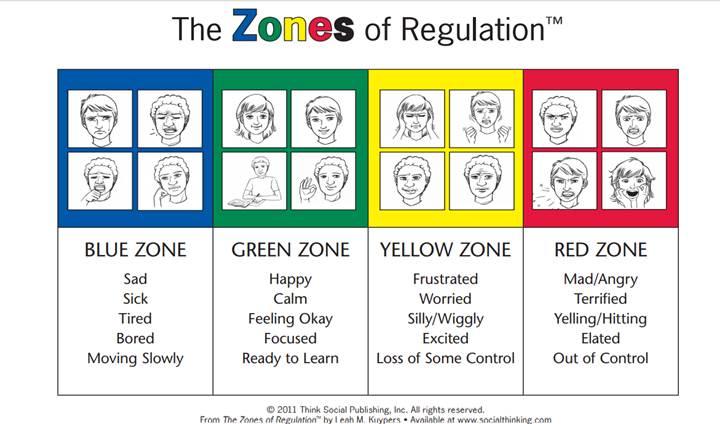Wellbeing

Emotional Literacy
Our students are continuing to develop their skills and understanding as we focus on building a positive climate for our students through the use of Respectful Relationships. During this terms unit of, Emotional Literacy, we have continued to work on recognising when others may have negative or positive feelings through body language.
As families, we encourage you to explore and ask some questions that will support their knowledge on recognising emotions.
Sample questions you may like to ask are:
Year 5/6
What do positive emotions look like?
What do negative emotions look like?
Where could someone experience positive, negative or mixed emotions?
Year 3/4
Ask your child to tell of a situation when they would feel:
Relieved, Frustrated, Embarrassed, Proud, Surprised or Lonely.
Year 1/2
Ask your child to tell of a situation when they have felt:
Sad, Excited, Happy and Tired.
How would they know when someone else was feeling these emotions? What would it look like?
Foundation
Ask your child how do we know when someone is feeling:
Happy, Sad, Bored and Excited.
Another program our classrooms use is called, Zones of Regulation. This chart, supported by the picture below, enables our children to indicate how they are feeling to start the day. It means that we can support our children who may be feeling in different zones such as the blue zone and put strategies in place to move our students into the green zone.
Feel free to use the resource at home and continue the language of different zones to indicate how they are feeling.
If you would like any more information on our Zones of Regulation, please don’t hesitate to contact me or your classroom teacher.
Michael Searl
Wellbeing Coordinator
School Chaplain
As a School chaplain, I work as a member of the school’s wellbeing team to journey with all members of the school community through meaningful relationships, specialising in providing pastoral care and guidance of a spiritual nature when sought, and in nurturing the holistic wellbeing of every child, regardless of the child’s background or beliefs. Nurturing spiritual wellbeing includes the support and exploration of such concepts as connection with others, meaning, purpose and belonging. Chaplains are there to provide wraparound support to the school community over the long haul.
Recent research by McCrindle (2019) indicated that 97% of parents believe schools should have an holistic focus and play some role in the management of student wellbeing. An holistic focus means attending to the four dimensions of wellbeing: mental, emotional, social and spiritual. As a Chaplain, I can help you achieve this holistic wellbeing focus. Spiritual wellbeing supports meaning, purpose, identity, belonging and hope. It also supports resilience. My role is not to promote a particular ideology or world view, rather my role is to support students in a manner that improves student engagement, connectedness and wellbeing, and as part of the wellbeing team contribute to providing a safe, inclusive and supportive learning environment at the school.
We believe in wraparound, holistic pastoral care - which is why as a School Chaplain I work collaboratively with other wellbeing and allied health professionals, such as psychologists, social workers, counsellors and nurses. Together, the impact on wellbeing is magnified.
If you require more information, there is additional information from the following website:
https://www.education.vic.gov.au/school/teachers/health/mentalhealth/Pages/nscpchaplaincy.aspx
Jesse Winter
School Chaplain

